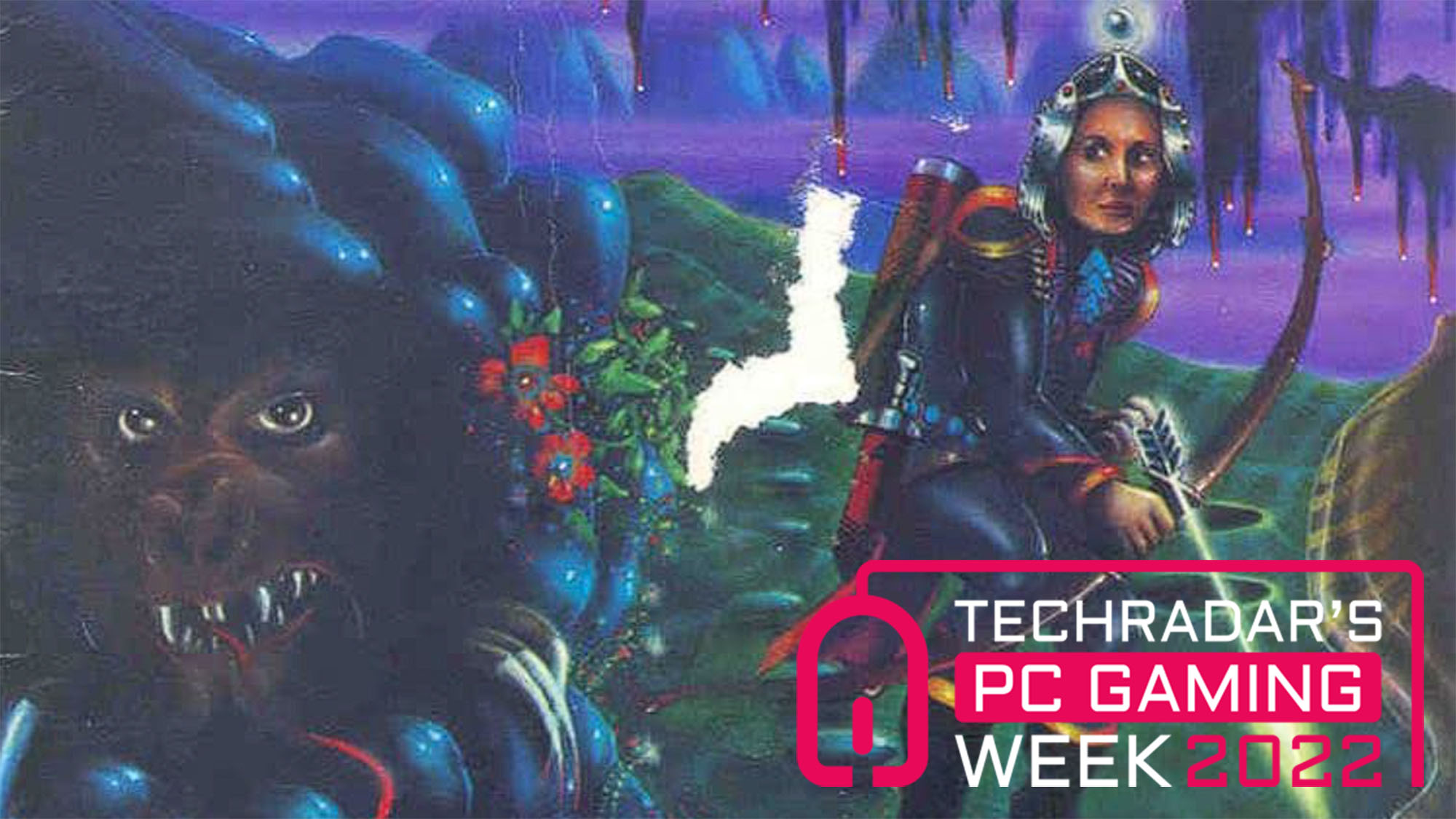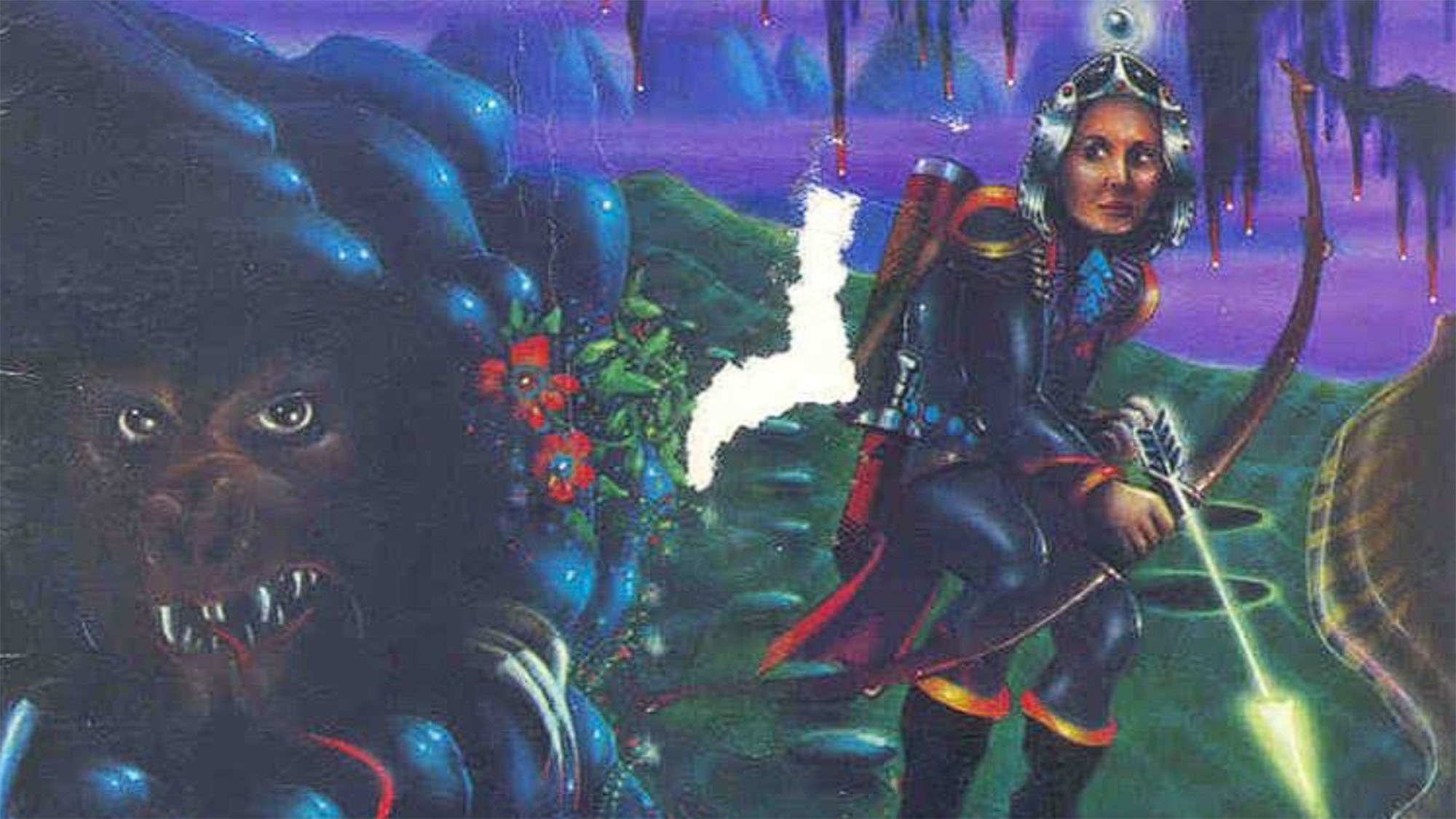History of horror games: looking back at the beginning of PC horror gaming
The forgotten milestones of horror gaming are many

This is the first part of a series on the history of horror gaming, so be sure to check back next week for the next installment in the story of PC horror gaming.
PC gaming offers people an incredible way to immerse oneself in a different reality, and what gaming genre creates a more intense alternate reality than horror?
PC Gaming and the genre of horror were always destined for each other. All of the newest technologies – from artificial intelligence to virtual reality – have worked beautifully with modern horror games, and from twitch streams to reaction channels, horror games have never been more popular.
The history of PC horror gaming is a story of inspiration and risk. The current state of gaming owes a significant debt to the influence of a number of gaming visionaries, as well as a few home computing systems that had a lasting cultural impact.
So, we’re taking a look back at some important historical milestones in the PC gaming industry that paved the way for some of your favorite horrific titles such as Dead Space, Outlast, and Visage.
The birth of an industry
There’s no better place to look back at PC horror gaming than the year of 1972. Back then, there wasn’t any home computing market, and there certainly wasn’t home gaming. In these early years, gaming was more of a social activity as arcades became popular hangout spots with games like Killer Shark and Speed Race.
Meanwhile, the nascent home computer industry was still trying to convince the public of the computer’s effectiveness as a productivity solution for work and scholastic study.
It didn’t seem like gaming was a priority for computer companies, but an unassuming innovator saw the potential of bringing the fun of gaming right into someone’s living room.
Get daily insight, inspiration and deals in your inbox
Sign up for breaking news, reviews, opinion, top tech deals, and more.
This visionary was Ralph Baer, an American engineer and inventor who would become known as the “Father of Video Games”. As an engineer working for the U.S. based defense contractor, Sanders Associates, Baer developed a home-based video game system as a side project.
When Baer promoted his “video game system” prototype to the American electronics company Magnavox, few could have guessed that they were witnessing the birth of the home gaming industry. This side project became the first personal gaming system for the home, the Magnavox Odyssey.
The Magnavox Odyssey bears little resemblance to PCs as we know them today, and there wouldn’t be any broadly available home PCs until the late 1970’s.
The Magnavox Odyssey gaming system broke new ground and is generally considered commercially successful. It was not marketed well as nobody really knew how to advertise the new technology to the public, but the public was curious about the system and intrigued by the concept of home gaming.
Horror gaming hits home
The first recognized horror video game to go on sale for any home computing system was the Magnavox Odyssey's Haunted House.
Released in 1972, Haunted House required players to utilize a decal overlay on their monitor screen and use the included physical playing cards in order to play. If you want to get a glimpse of this game in action, the OdysseyNow project, in affiliation with the University of Pittsburgh, has a few demos of the game in action.
While interesting in its own right, there’s no doubt that Haunted House seems childish by today’s standards and even though Haunted House was technically the first horror title for any home gaming system, no one would claim that it generated real terror. Nevertheless, this was the beginning and a very important milestone for the gaming industry.
Keen critics will point out that the Magnavox Odyssey is more of a gaming console than a PC, and that's not entirely wrong, but the earliest horror game that was indisputably made for PCs was called Hunt the Wumpus.

Programmer Gregory Yob is not a name you hear very often, which is a shame. His brainchild, Hunt the Wumpus, is the game often credited as being the earliest horror/adventure game ever made for PCs. Since it was never given a major corporate release, its release date is somewhat vague, though it is generally given a release year of 1973.
Yob was inspired to create Hunt the Wumpus during his visit to the People’s Computer Center (PCC) in Menlo Park, CA. At the time, home computers (such as the Xerox Alto) were still quite rare. However, there were a number of commercial institutions where computers were on display for the curious.
The PCC offered numerous computer terminals for the public to use and enjoy. A precursor to cyber cafes, the PCC was popular with those who were eager to see what made these early computers so special.
Not surprisingly, games were extremely popular, and during his visit to the PCC, Yob played the games himself and felt that he could create something better. So, Yob went to work and made history.
Hunt the Wumpus was a turn based game utilizing a simple text interface. The player hunts a creature, the eponymous Wumpus, through a series of dark, interconnected caves which were laid out as vertices of a dodecahedron.
Upon entering any cave, the player is informed if the Wumpus is in their presence, as well as what three caves are connected to the cave that they’re currently in. They would have to navigate in the pitch-black darkness through numerous caves while avoiding deadly pits and other entities such as bats.
The player is armed with a few arrows, and these are the player’s only weapons for dispatching the Wumpus. However, due to the dodecahedron mapping of the cave system, it’s entirely possible for you to kill yourself with one of your own arrows if you’re not careful.
It sounds like a lot to keep track of but this early horror game was really a test of logical thinking and application. You had to plan your moves and think to survive.
Hunt the Wumpus had its own debut at the PCC, and it proved to be so popular with the public that it was offered for sale and ported to multiple computer systems over the next few years. Since there weren’t any commercial gaming stores at the time, interested buyers would have to get their hands on the game through the mail by using order forms in various computer magazines available.
Laying the foundation for horror gaming
The fervor surrounding Hunt the Wumpus would eventually subside as newer games would enter the market. However, no game could ever challenge its importance in gaming history.
Hunt the Wumpus and other early PC games would lay the groundwork for convincing investors and computer companies that PC horror gaming was a profitable industry. Still, it would take a number of years and the release of some innovative games before the industry truly flourished.
It’s rather incredible to imagine the multi-billion dollar PC gaming market began with people selling their games through ads in computer magazines. Yet, many of the earliest computer companies started as cottage industries. This is how PC gaming got its start, and horror gaming was there from the very beginning.

Jeffrey (he/him/his) is an Audio Visual professional who has spent years working in the Corporate Audio Visual Industry. Specializing in audio, video, lighting, and computers, he has developed a deep interest in all live sound and event technology. Jeffrey currently lives in Texas.